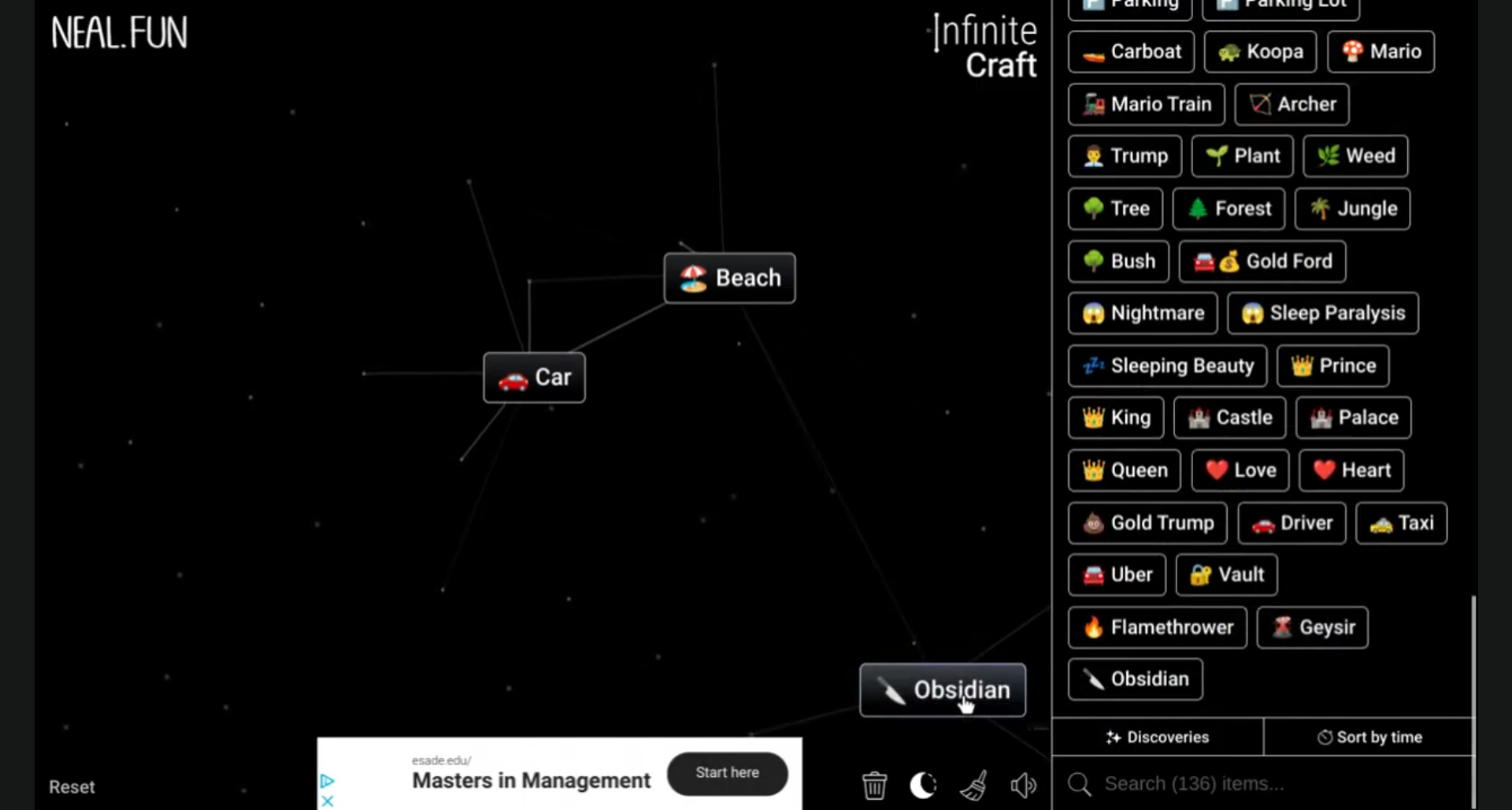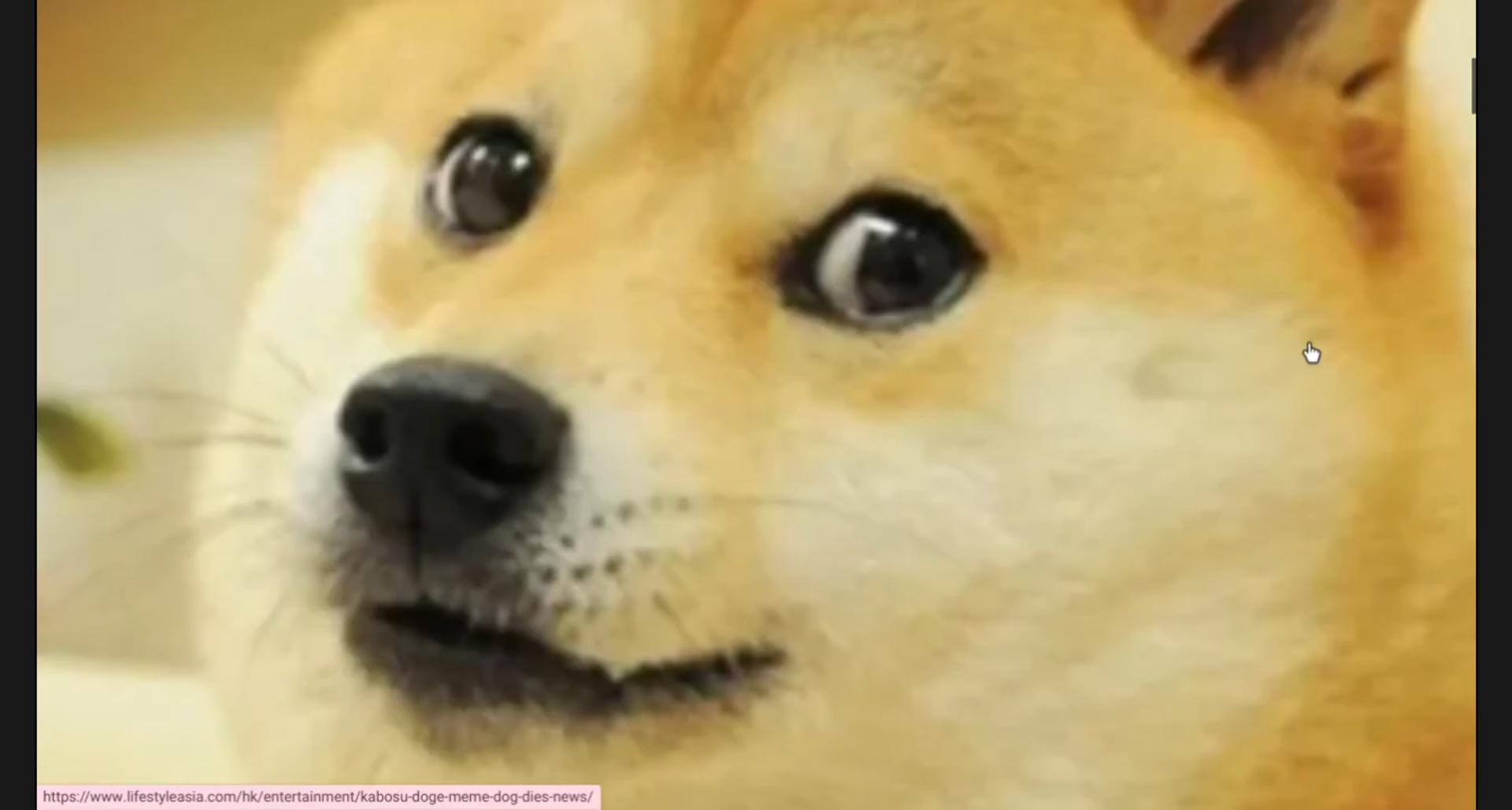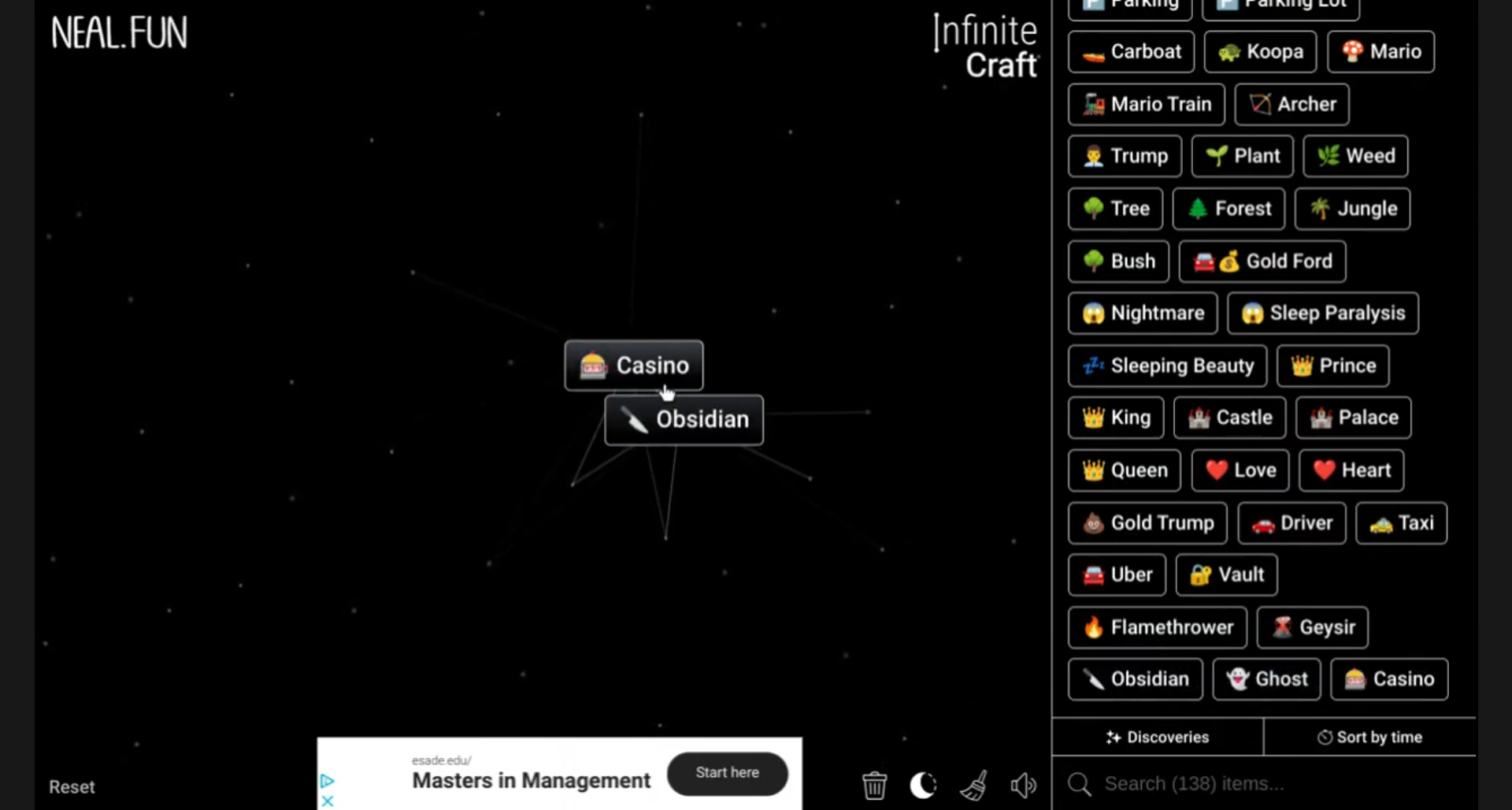The vibrant world of crafting in Infinite Craft offers endless possibilities for creativity and expression. Understanding how to make yellow in Infinite Craft not only enriches your crafting experience but also allows you to explore the colorful facets of your projects. Color plays a pivotal role in crafting, enhancing the aesthetic appeal and emotional impact of your creations. This article will embark on an enriching journey to uncover the secrets of creating yellow, including techniques, materials, and tips you can utilize in your crafting endeavors.
Understanding the Basics of Color Mixing
Primary Colors in Infinite Craft
In the realm of color mixing, primary colors are the foundation from which all other colors are derived. In Infinite Craft, the main primary colors are Red, Blue, and Yellow. Each of these colors holds importance in crafting, as they serve as the building blocks for creating a vast spectrum of shades and hues. Understanding the role of primary colors in crafting is essential for any aspiring artisan.
Secondary Colors
Secondary colors emerge when primary colors are mixed together. The three main secondary colors are Green, Orange, and Purple. Achieving an understanding of how to create these colors can be a significant step towards mastering techniques such as blending and layering. Notably, while yellow is one of the primary colors, various shades and brightness can be achieved by mixing primary colors differently.
Materials Required for Making Yellow
Basic Crafting Ingredients
To embark on your quest of learning how to make yellow in Infinite Craft, you’ll need a few basic ingredients that will help in the mixing process. Here’s a list of essential crafting ingredients:
– Pigments
– Dyes
– Natural color sources
You can source these materials from various locations within the game or craft them by gathering herbs and plants. A great tip is to visit farms or explore natural landscapes where you may find vibrant plant life.
Tools Needed
The right tools are essential for effective crafting. Here’s a brief overview of some essential tools you’ll need:
– Mixing containers: To create your color mixtures
– Brushes: For applying color smoothly
– Palette: To organize and blend your pigments
– Squeegee or sponges: For specific application techniques
For the best results, consider investing in high-quality tools that are designed for detailed work. Selecting the right tools ensures more control and precision when creating yellow.
Methods for Creating Yellow

Mixing Primary Colors
One effective method for achieving different shades of yellow is by mixing primary colors. Here are step-by-step instructions for mixing Red and Green to create unique variations of yellow:
1. Choose your primary colors: Red and Green.
2. Begin with a 1:1 ratio of Red to Green.
3. Gradually adjust the ratios to see how the hue changes.
4. Experiment with adding more Red for deeper hues or more Green for lighter shades.
Consistency is key when creating yellow. Maintain the same ratios throughout your crafting sessions to achieve a uniform hue across multiple projects.

Using Natural Dyes
Natural sources can provide beautiful yellow dyes for your crafting needs. Common examples include:
– Turmeric: Known for its vibrant yellow color
– Marigold petals: Yield a soft, sunlit hue
– Onion skins: Create a deeper, golden yellow
To extract and use these natural dyes, follow these steps:
1. Gather your natural materials.
2. Boil the materials in water to extract the color.
3. Strain the mixture to separate the dye liquid.
4. Use this dye directly or reduce it to intensify the hue.
These natural options not only enrich your crafts but are also eco-friendly, aligning with sustainable practices in crafting.
Synthetic Colorants
In addition to natural dyes, synthetic colorants can be employed to create vibrant yellow shades. Here is how to craft synthetic yellow dye:
– Ingredients needed:
– 1 unit of base color (like White)
– 2 units of yellow pigment
The crafting process is as follows:
1. Open your crafting menu.
2. Select the dye-making option.
3. Input the required ingredients.
4. Initiate the crafting process to obtain your synthetic yellow dye.
Exploring both natural and synthetic options offers a great way to diversify your color palette in crafts.
Crafting Techniques to Enhance Yellow Color
Layering Techniques
Enhancing the vibrancy of yellow can be effectively achieved through layering techniques. This method involves applying multiple layers of color to build intensity. For yellow, consider these techniques:
1. Start with a base layer of light yellow.
2. Gradually add subsequent layers of darker shades.
3. Blend edges between layers for a uniform appearance.
Experimenting with layering can introduce depth and complexity to your crafts, transforming simple projects into stunning visual pieces.
Application Methods
Different application methods can create varying effects with yellow. Here are a few methods to consider:
– **Painting**: Apply yellow with brushes for even coverage.
– **Dyeing**: Immerse your materials in yellow dye for complete saturation.
– **Spraying**: Use a spray bottle for a textured, speckled effect.
To ensure uniform application, practice making smooth strokes and maintaining consistent pressure whether you are applying paint or dye.

Troubleshooting Common Issues
Issues with Color Consistency
At times, the color yellow may not turn out as anticipated. Common reasons include:
– Improper ratios of mixed colors
– Variation in dye concentration
– Environmental factors affecting color perception
To correct these issues, experiment with small adjustments. For example, if your shade is too dark, dilute it with a white base to lighten the color.
Staining and Cleanup Tips
Working with yellow can lead to frustrating stains. Here are preemptive measures and cleanup tips:
– Wear gloves to prevent staining your hands.
– Use drop cloths to protect surfaces.
– For cleanups, use water immediately after spills to remove wet pigments.
If stains occur, natural solutions like vinegar and baking soda can help lift stubborn colors from surfaces. Prompt action is essential!
Conclusion
Mastering how to make yellow in Infinite Craft opens up a world of possibilities in your crafting journey. From understanding color theory to applying practical techniques, experimenting with yellow can enhance the beauty of your creations. Engage with the global crafting community by sharing your vibrant projects and inspire others to explore colors!
FAQ Section
1. **What are the primary colors in Infinite Craft?**
– The primary colors are Red, Blue, and Yellow.
2. **Can yellow be created from other colors?**
– Yellow is a primary color and cannot be created from mixing other colors.
3. **What are some natural sources for yellow dye?**
– Common sources include turmeric, marigold petals, and onion skins.
4. **How can I achieve a brighter yellow hue?**
– Use higher quality pigments or increase dye concentration during the crafting process.
5. **What tools are essential for crafting with yellow?**
– Essential tools include mixing containers, brushes, and palettes.
6. **How do I fix inconsistencies in color?**
– You can adjust ratios of colors or use additives to correct hue discrepancies.
7. **What should I do to prevent staining from yellow pigments?**
– Wear protective gear and use drop cloths to protect surfaces while crafting.
8. **Are synthetic dyes better than natural dyes?**
– It depends on the desired effect; natural dyes can offer unique textures, while synthetic dyes can provide more consistency.
9. **What mixing ratios work best for yellow?**
– Generally, a mix of Red to Green in a 1:1 ratio can help achieve various shades.
10. **How important is color mixing in crafting?**
– Understanding color mixing is crucial as it expands your ability to create diverse and aesthetically pleasing crafts.
| Color Mixing Method | Ingredients Required | Procedure |
|---|---|---|
| Mixing Primary Colors | Red, Green | 1:1 ratio, adjust for preferred shade |
| Using Natural Dyes | Turmeric, Marigold, Onion Skins | Boil materials, strain to extract dye |
| Synthetic Colorants | White base, yellow pigment | Combine ingredients in crafting menu |